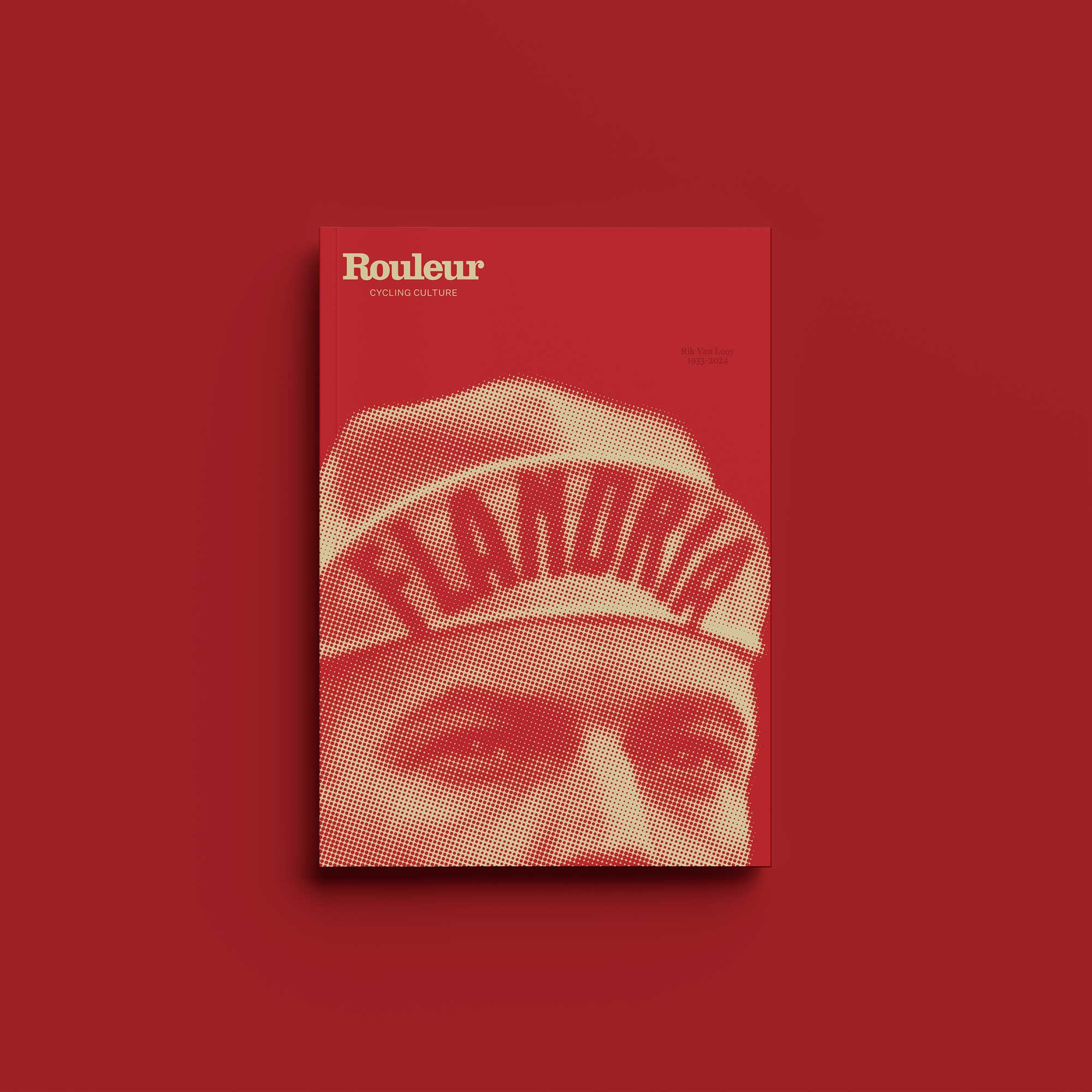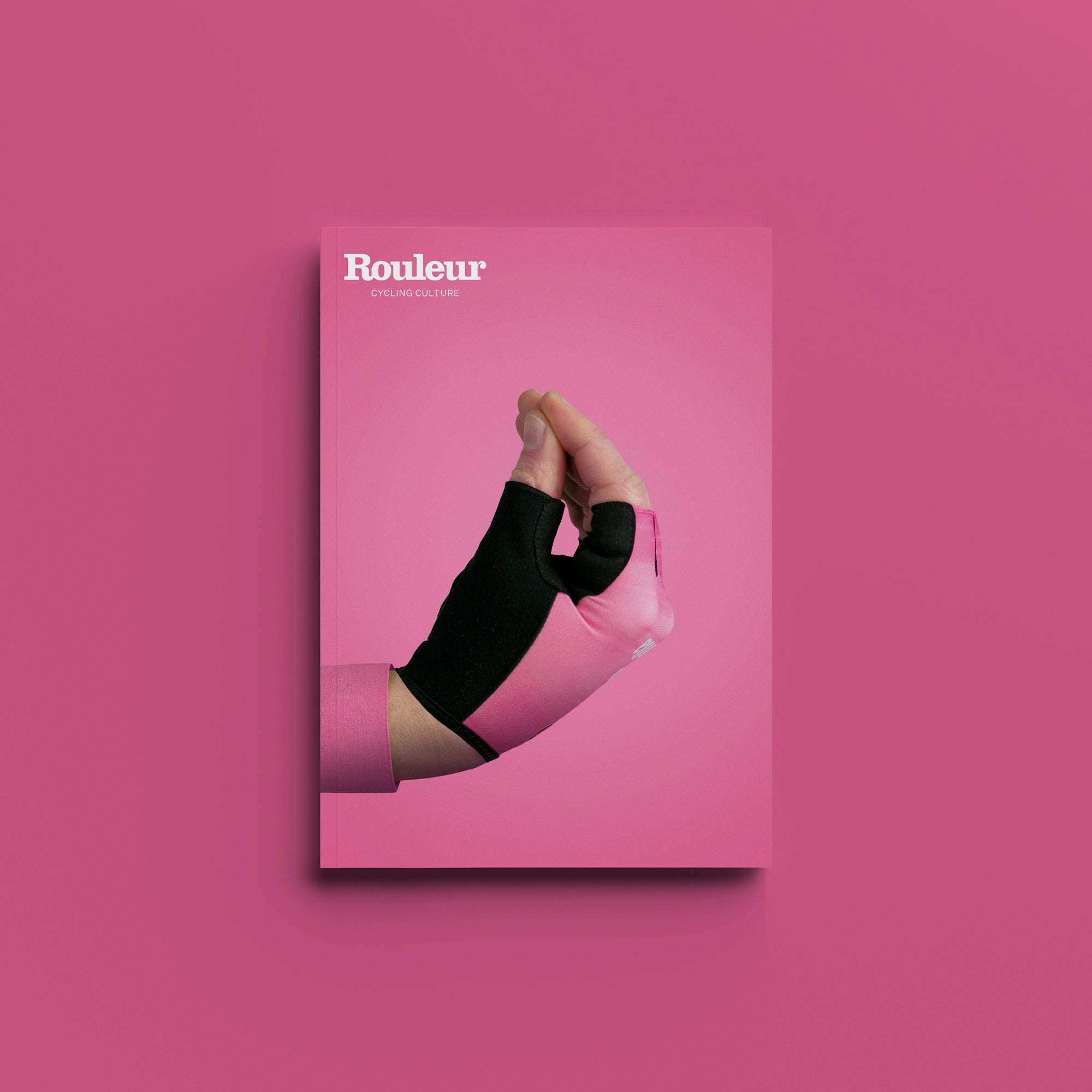This article was produced in association with Pirelli
Pirelli has been the global partner of Formula 1 since 2011. It’s mind blowing to imagine how much data the Italian brand has gathered in those 14 years as the sole supplier of tyres to motor racing’s highest category, regarded by many as the very pinnacle of technical excellence. And innovation never stops. For example, the latest 18-inch F1 tyres, introduced in 2022 after 50 years of 13-inch tyres, were designed from the ground up with every element of the tyre drawn from a clean sheet of paper, from the profile, to the structure, to the compounds. According to Pirelli the design process involved more than 10,000 hours of indoor testing, more than 5,000 hours of simulation and more than 70 prototypes developed virtually to eventually create 30 different specifications that were tested by nearly all the teams over more than 20,000 kilometres. Each driver contributed to the development at various points, helping Pirelli arrive at the definitive specifications thanks to their feedback. Tyre spotters will know that there are three types of slick with red, yellow or white sidewalls from softest to hardest; intermediate wet weather tyres (green) and full wet weather (blue) and six compounds from C0 to C5, allowing Pirelli to nominate tyres for each race weekend that are perfectly suited to the specific characteristics of each track, as well as the weather.
Yes, it’s highly specific and densely detailed, but Pirelli points out that this is a philosophy that holds equally true for its cycling products, which directly benefit from technology acquired from Formula 1. Both F1 and cycling tyres share the P Zero name – and that’s no accident. Even the iconic F1 sidewall colours are also used by Pirelli’s cycling tyres: the fastest P Zero TT features red logos while the Cinturato bears green and the P Zero Race 4S, which features the F1-derived SmartEVO compound for enhanced performance on wet and cold tarmac, has blue accents.
But how valid are comparisons between F1 tyres and cycling tyres? Isn't there a completely different set of requirements?
"Pirelli approaches the development of cycling tyres with the same approach with which it develops F1 tyres," explains Paolo Brivio, the company's chief technical officer of the two-wheeled division and a keen cyclist himself. "The virtual characterisation of the tyre, of the dynamic forces it exchanges with the ground, of the deformations and internal stresses that guarantee its structural integrity... The same approach is used to simulate the operating temperature ranges, naturally different between F1 and cycling, which direct the choice and development of materials."

Brivio concedes that despite the same R&D approach, the role of the tyres in F1 compared with cycling is very different. "In F1 every hundredth of a second counts and the tyre is responsible for adhesion. In cycling, adhesion or grip is something that's added to the tyre's fundamental performance: rolling resistance. A cycling tyre must be made with cutting-edge processes and machinery capable of controlling tenths of millimetres so that rolling resistance can be minimised down to the last fraction of a watt. After all, a Grand Tour can be won or lost by a few seconds and a sprint finish by a couple of millimetres." Attention to aerodynamics is something that's growing in cycling too, Brivio adds.
However, Brivio points out, racing whether by cars or bicycles "represents the pinnacle of the use of a tyre", and Pirelli exploits its current partnerships with Lidl-Trek and Alpecin-Deceuninck to develop tyres of the future. For example, at Paris-Roubaix in 2024 the Pirelli R&D team instrumented a bicycle by equipped it with sensors and accelerometers capable of collecting data relating to the stresses of riding the cobblestones at WorldTour speed.
"Through the reading of this data we can not only develop materials (whether casing or compound) that will then be applied in the series – the new P Zero Race TLR RS for example – but also suggest to the team riders and mechanics the correct size (30 or 32) and even the ideal pressure for each athlete given his weight and expected average speed for the race."
Since Pirelli brought the P Zero tyre to cycling in 2017, it has enjoyed some huge landmark victories. In 2021, Lizzie Deignan won the first ever Paris-Roubaix Femmes riding 30mm P Zero tubeless tyres – the 'Hell of the North' had never been won on tubeless before. Another demonstration of the fine balance between speed, durability and grip cam via Tadej Pogačar's solo win on the gravel roads at Strade Bianche the following year. He attacked with 50 kilometres to go, negotiating sections of downhill gravel at up to 80kph – requiring absolute faith in his tyres. At Strade Bianche there were 33 athletes equipped and supported by Pirelli, making a title of 66 tyres, all of which arrived back to the walled city of Siena without a single puncture.

A year later, in 2022, Pirelli equipped the bikes of Trek-Segafredo at the Giro d'Italia with unique tyres. These had the structure and tread of the existing P Zero Race, but featured golden logos and the legend 'Made in Italy' on the sidewall. The P Zero Race 150 was a special version of the race tyre created to celebrate the 150th anniversary of the company. And the reason why the Giro was chosen to unveil them? Pirelli supplied the majority of the peloton's tyres in the inaugural edition of the Italian Grand Tour in 1909.
Founded in 1872 in Milan, Pirelli initially specialised in rubberised cloths, transmission belts, fittings and hoses. Its bicycle tyre of 1890 was the first tyre of any sort produced by the company – it only later entered the motorcycle and car industry. Within five years, Pirelli was involved in bike racing: the Pirelli Tipo Milano was ridden in the 1895 Milano-Cremona-Brescia-Milano.
As the popularity of bicycle racing grew, particularly in Italy, Pirelli became a natural partner for teams and riders seeking the best racing tyres available – a Bianchi-Pirelli team rode the famously gruelling 1914 Giro d’Italia, winning two stages with Giuseppe Azzini.
By the 1930s, the brand was established as one of the leading racing tyre manufacturers, and then in the post-war period the legendary Fausto Coppi won the highest-profile races of all using Pirelli tyres. His performances, particularly in the 1949 Giro and his historic Tour de France victories in 1949 and 1952, were underpinned by the fast but reliable Pirelli tyres that helped him dominate in the mountains on roads which were unpaved and bore a closer resemblance to those on which Pogačar won at Strade Bianche than the smooth ribbons of tarmac of the modern-day Alps.
It wasn’t just the reputation of the top riders that contributed to Pirelli’s success – by now the sharing of research and development with motorsport was bearing fruit. The first ever Formula 1 World Championship began at Silverstone in May 1950 and Pirelli was there – and for the next seven years – winning with the first and last of the great Juan Manuel Fangio’s five titles. In 1957 Italian tyres left F1 for almost a quarter of a century – and then Pirelli returned with a new tyre designed for the monstrously powerful cars that were almost unrecognisable from the slender, front-engined cigar-shaped models of the 1950s: the first ever P Zero.
According to Pirelli, the P Zero was “a concept, more than a product or line of products... stiffer and with a lower profile for the utmost in steering precision, featuring compounds and construction that ensured grip in all racing conditions. P Zero soon began rewriting the history books, both in high-performance road racing and in rally racing on the most extreme prototype vehicles.”

While it would be easy to continue listing Pirelli’s many winners on both two wheels and four, one of the most recent and important innovations took place in March 2022, the year of the company’s 150th anniversary. Pirelli announced the resumption of the production of bicycle tyres in Italy, having renovated its 1960s Bollate factory. Not only does Bollate now boast some of the most technologically advanced production processes thanks to being close to Pirelli’s HQ in Milan, where the R&D for all its tyres takes place, but it is the only factory to make bicycle tyres in Italy on a large scale. Thanks to expertise gained as the leading developer of ultra-high performance car tyres, according to Pirelli the Bollate factory is “truly unique in this sector and innovation is present at all levels: not only in process automation, which guarantees extremely high-quality reliability and geometrical precision to the product – an even more important factor when it comes to a bike tyre, given its small size and light weight – but also, for example, when it comes to semi-finished products. Here we tested a unique extrusion system, which also helps reach absolute geometrical and weight precision; and finally the compounds, developed with a continuous mixing system.”
All P Zero bicycle tyres are now made at Bollate and at the Giro d’Italia in 2024 Pirelli launched its newest racing tyre – the P Zero Race TLR RS, ridden by the Lidl-Trek WorldTour team. Pirelli says this tyre delivers superior speed and grip compared to any other tyre it has ever created. It credits the new SmartEVO2 compound, formulated with the know-how and latest materials deployed in motorsport to ensure further improvement in grip and handling on both dry and we surfaces. Brivio says this was achieved thanks to Pirelli’s cooperation with Lidl-Trek, “but also by exploiting our internal grip measurement methodologies with a dedicated test team... SmartEVO2 has been modified in chemical formulation to guarantee more grip in wet asphalt conditions without compromising either puncture resistance nor rolling resistance.”
Additionally, for the new tyre Pirelli lightened the patented SpeedCORE structure, featuring a thin, hermetic layer of rubber compound enriched with aramid particles. The combination of these factors, says Brivio, has made it possible to create a high-performance tyre that is even faster for racers, but also for those who wish to benefit from the same tech as the pros. “This is a clear example of how car and moto tyre technologists, using expertise Pirelli has developed over the course of 150 years, made possible the formulation of a recipe to make rubber not only airtight, but also mechanically strong enough to provide relevant puncture protection and low weight and low power absorption all at the same time. The Bollate plant with automatic processes and the newest machines allows us to adapt the material for cycling applications, creating an innovative rubber layer that holds air and is robust against penetration with negligible impact on rolling resistance.”
Not only is Pirelli the one company to make bicycle tyres in Italy on a large scale, but the P Zero Race TLR RS is the world’s first bicycle tyre to use Forest Stewardship Council-certified natural rubber, which comes from plantations managed to preserve biodiversity and benefit the lives of local communities and workers. It carries the FSC logo on its sidewall – and all of Pirelli’s F1 tyres are also FSC certified since the start of 2024 and are marked with the FSC logo.
How does Pirelli continue to find improvements? Does Brivio ever worry that he and Pirelli might have created the perfect tyre, or can he continue to improve rolling resistance, grip and puncture protection? “There are many sources of ideas for improvement: from new customer requests, to the birth of new product segments (gravel for example), from competitor analysis to the implementation of new technologies that were previously unavailable in both materials and processes... up to the need to introduce new performances – think of aerodynamics or sustainability. We are always sure we have created the best possible product when we launch it, but at the same time we are working to be able to do everything even better and keep beating the performance trade-offs that the laws of physics impose on us. A racing-driven company such as Pirelli never stops developing.”
With Pirelli confirmed as the F1 exclusive supplier until at least 2027, it’s certain that innovation will continue and riders of the brand’s tyres will be uniquely benefiting from technology – and sustainability – directly derived from the top level of motorsport for years to come.































